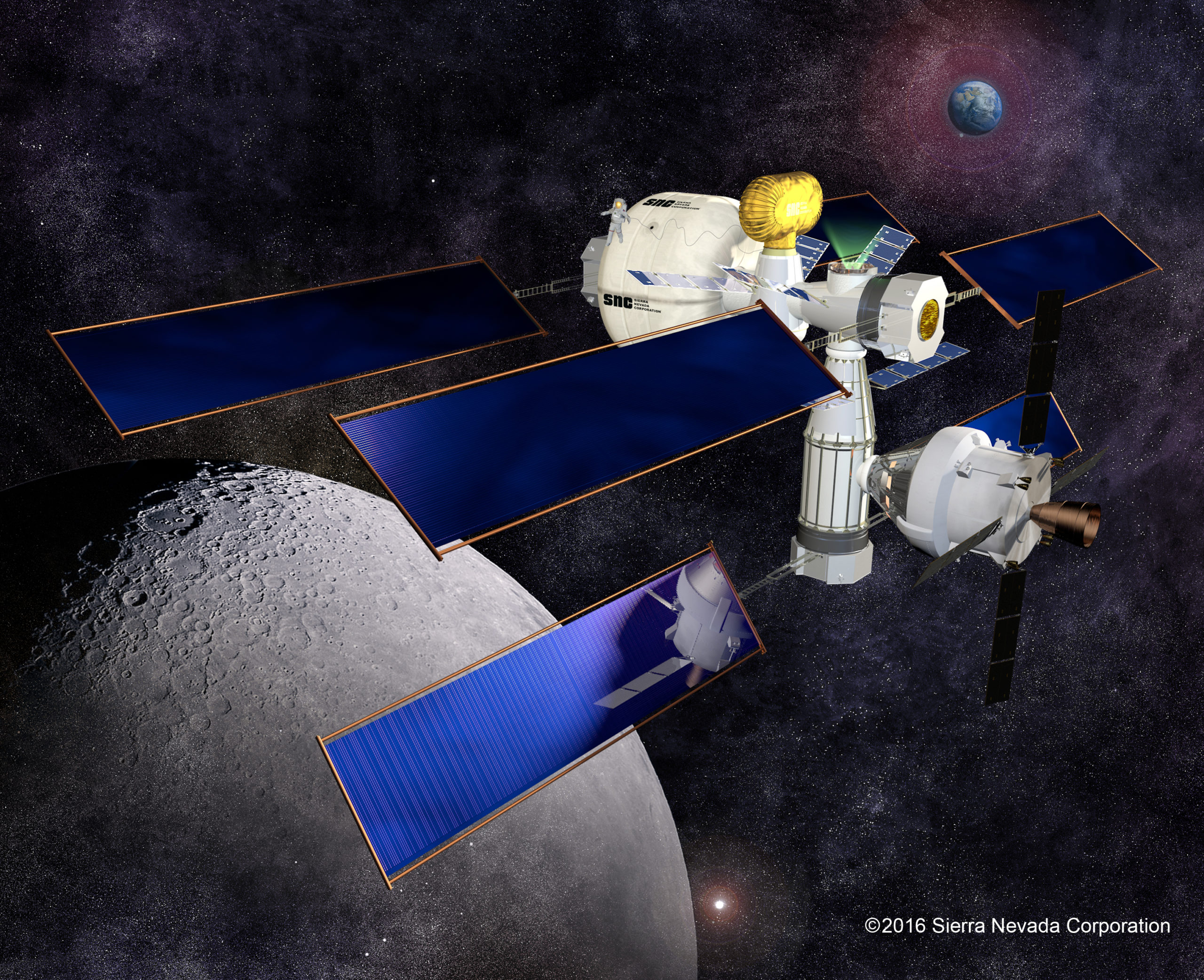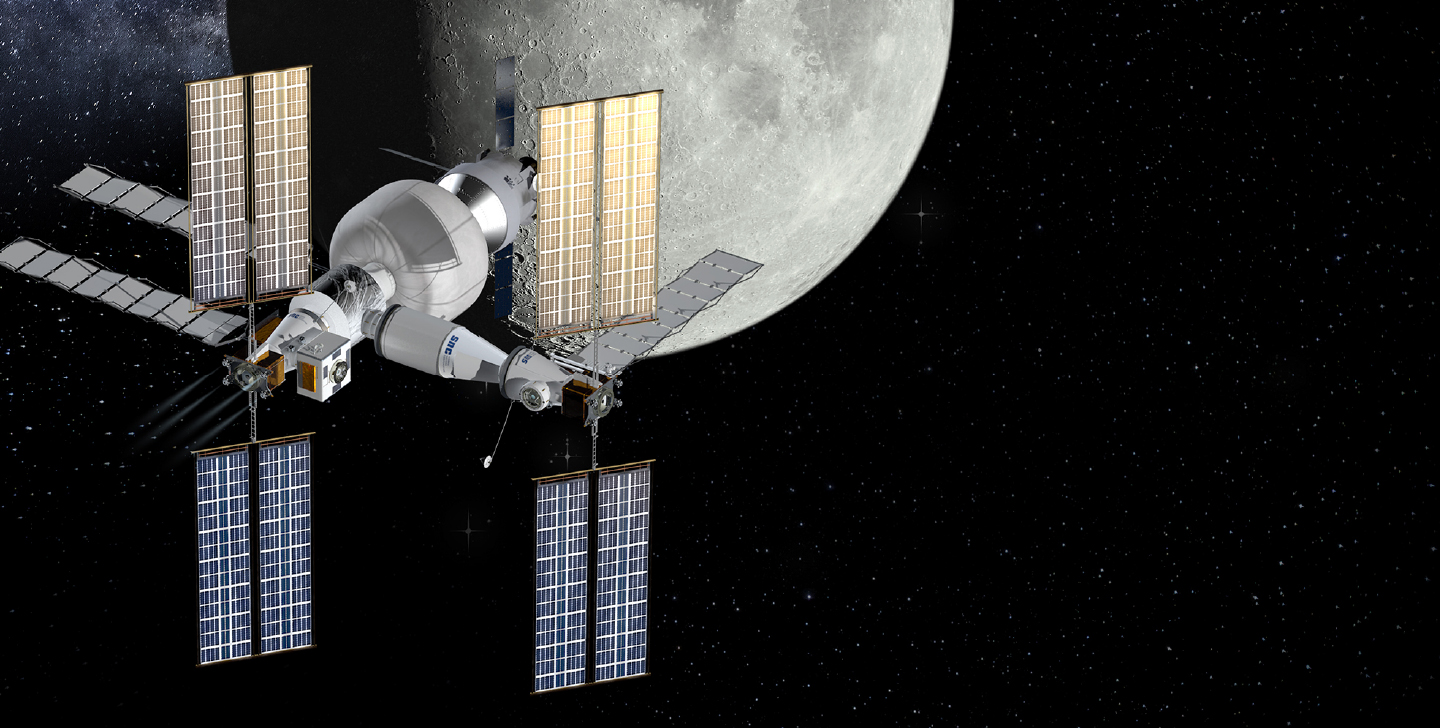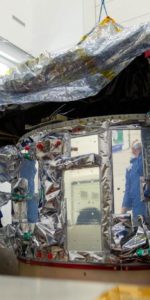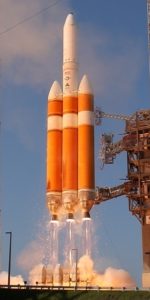Sierra Nevada Corp. continues to press ahead with its Large Inflatable Fabric Environment (LIFE) Habitat for potential use on the lunar surface—including as part of the recent Human Landing System (HLS) crew cabin contract awards—and as an integral element of a future Mars transportation vehicle, which may be tested later this decade at the Lunar Gateway.
Under the language of Phase 3 of NASA’s Next Space Technologies for Exploration Partnerships (NextSTEP-2) Appendix A, SNC will continue to work through the remainder of 2020 on reducing risks and enhancing the technical maturity of its habitat concept to reach System Definition Review (SDR) level. Deep Space Habitat (DSH) facilities are a critical component in enabling humans to survive for long durations in deep space, as NASA seeks to venture beyond low-Earth orbit for the first time since the end of the Apollo era.
Launched within the payload fairing of a conventional rocket, the LIFE Habitat will expand in space into a three-story structure with a height and diameter of 27 feet (9 meters). “Soft-goods construction allows packaging inside a standard 17-foot (5-meter) fairing,” SNC explained. And with a “significant” internal pressurized space of 10,600 cubic feet (300 cubic meters)—roughly a third of the International Space Station (ISS) pressurized volume—it will comfortably house a crew of four astronauts, as well as with their scientific research equipment, exercise gear, a dedicated medical center and SNC’s Astro Garden to grow fresh produce for long-duration missions far from Earth.
Plants grown on the Astro Garden “wall” will also capture excess carbon dioxide from the LIFE Habitat’s cabin atmosphere. Meanwhile, its waste management system will compact trash into “bricks” which can be used for additional radiation protection. It is also expected that the habitat will incorporate an emergency radiation shelter for the crew and a flexible airlock for in-space assembly, Extravehicular Activity (EVA) operations and the arrival and docking of visiting Orion vehicles.
Back in April 2016, NASA solicited proposals for DSH concepts via Appendix A of the NextSTEP-2 Broad Agency Announcement (BAA). Six U.S. firms—Bigelow Aerospace, Boeing, Lockheed Martin, Orbital ATK (now Northrop Grumman Corp.), NanoRacks and SNC—were selected the following August for initial study contracts, lasting up to two years, to devise their own ground-based prototypes or concepts.
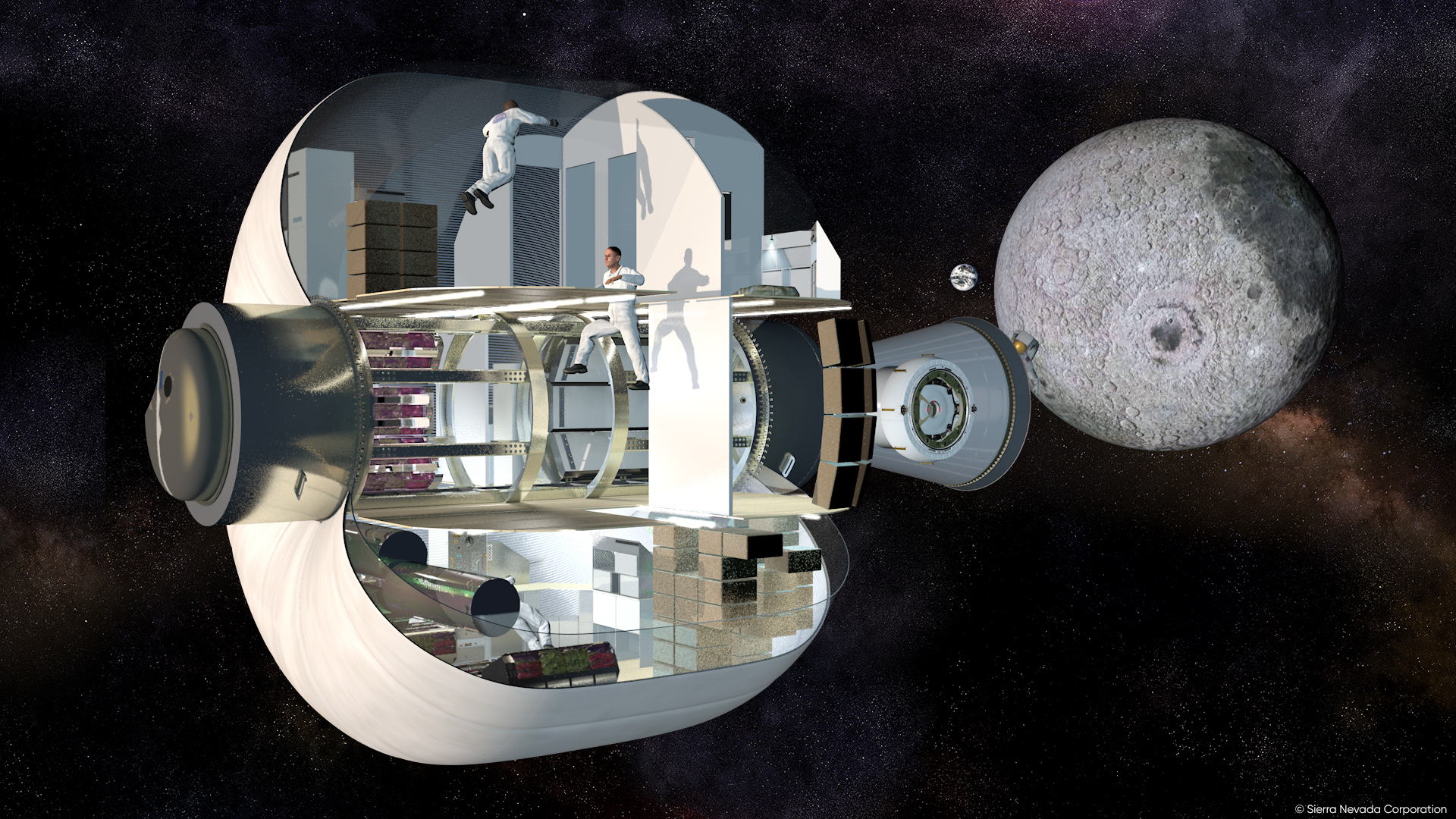
As a public-private partnership, NextSTEP seeks to enable commercial entities to develop technologies to carry humans to lunar distance and beyond for the first time in five decades. One of the central tenets of the NextSTEP philosophy is that award recipients must contribute at least 30 percent of the cost of the overall proposed effort.
Worth an estimated $65 million, the August 2016 awards produced a flotilla of ideas from the six firms, juxtaposing inflatable, expandable technologies with modified versions of tried-and-true designs based upon the Multi-Purpose Logistics Module (MPLM) and Cygnus cargo-carrying spacecraft and even the conversion of rocket upper stages into habitable volumes.

NASA stressed that SNC’s concept in particular would leverage “three to four commercial launches to construct a modular, long-duration habitat”, with the cargo module of the company’s Dream Chaser spacecraft expected to play a key role in establishing the LIFE Habitat, its Environmental Control and Life Support System (ECLSS) and its propulsion system.
“After launch from the Dream Chaser spacecraft, the SNC NextSTEP-2 module will be combined with a large inflatable fabric environment module, ECLSS and propulsion system,” NASA noted in July 2017. “The design and prototype will confirm the proof-of-concept and ensure critical subsystems seamlessly integrate together”.
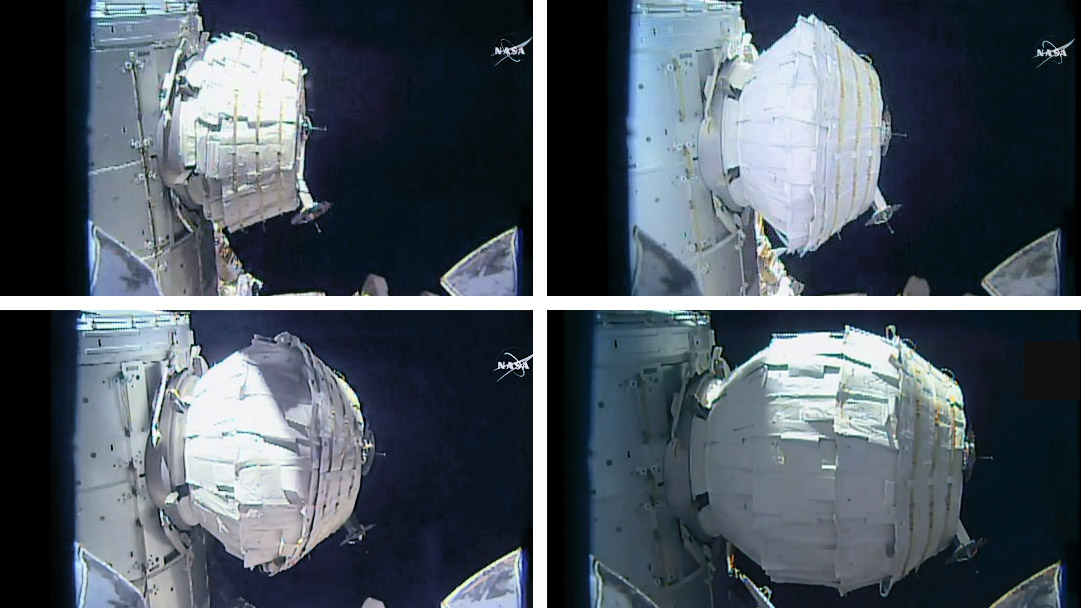
“The Dream Chaser spacecraft will return home after Low-Earth Orbit missions,” SNC has previously described, “but the Cargo Module will remain on-orbit to be integrated with other components, including an advanced electric propulsion module for transferring the system to lunar orbit.” In January 2018, SNC received a follow-on contract from NASA to design and fabricate its DSH prototype.
Partnering with Aerojet Rocketdyne and ILC Dover, the full-scale prototype of the main habitable volume was due to be finished within 19 months. It was delivered to NASA’s Johnson Space Center (JSC) in Houston, Texas, in May 2019, where it was subjected to what SNC called “a very positive” crew evaluation, “with high scores”. SNC’s contract was extended by a further year “for additional prototyping and test”.
The Phase 3 work, due to continue through the end of this year, will involve further risk-reduction and concept-maturation to System Definition Review (SDR) level. It also directly relates to the design of the crew cabin for the Human Landing System (HLS), study awards for which were contracted to Dynetics, SpaceX and Blue Origin in April. SNC is part of the Dynetics team for that contract, with responsibility for systems integration, human rating and safety and mission assurance for Dynetics’ HLS crew module.
“Our habitat design is so unlike any other that it truly demonstrates SNC’s technology ingenuity and innovation,” said CEO Fatih Ozmen. “We are excited to continue our support of human exploration in low-Earth orbit, for the Artemis lunar missions, and eventually missions to Mars, making space accessible and affordable.”




